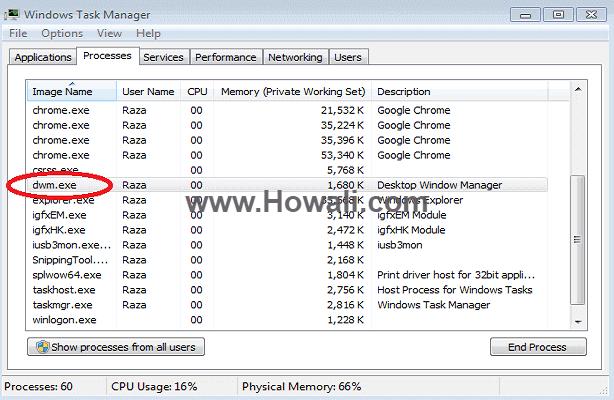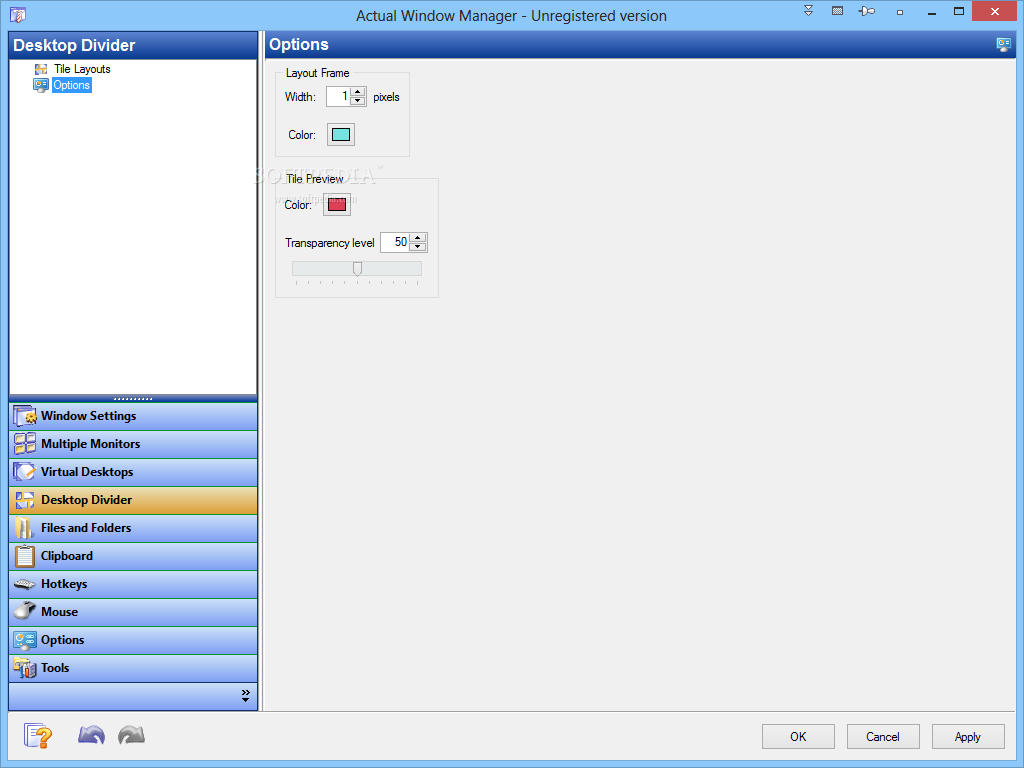

It might not work with your version of GNOME, however. PaperWM is an extension to the GNOME Desktop building on the project’s great work and user experience by introducing the behavior of an STWM. There are also some earlier implementations of this concept, but it would require a lot of work to get them running on modern-day Linux. Other STWMs include PaperWM, the inspiration for Cardboard, and EndlessWM. I also don’t find myself accidentally ending up looking at the wrong window and getting distracted. I feel like there’s less overhead and less distracting to switching between tasks. I just put my windows in order of how frequently I need to access them, and scroll side to side as my app needs changes. I also have adjacent app windows that live kind of to the side of the main apps I use.Īn STWM makes this workflow a breeze.

However, I often need three things side by side, and I frequently don’t need more than two-out-of-three things side by side but with an easy way to switch between them. I usually have two different apps side-by-side, something you can comfortably fit within the dimensions of a regular laptop screen. It’s super optimized for the way I work on a computer. What fascinated me about Cardboard was the core mechanics of its STWM. I’ve moved back to using a more battle-tested traditional stacking WM for now. I couldn’t keep using it even though I was highly motivated and interested. I contributed a quick start guide to the project’s documentation if you still want to give it a go.Ĭardboard has its fair share of quirks and it crashes every so often. It doesn’t have any default keyboard shortcuts or a global toolbar with niceties like a clock and system power controls.Ĭardboard gives you a blank slate, and you need to configure it to get a useful experience. It doesn’t support drag-and-drop and other features most people would consider being necessities.

The WM isn’t suitable for day-to-day use by most users.


 0 kommentar(er)
0 kommentar(er)
